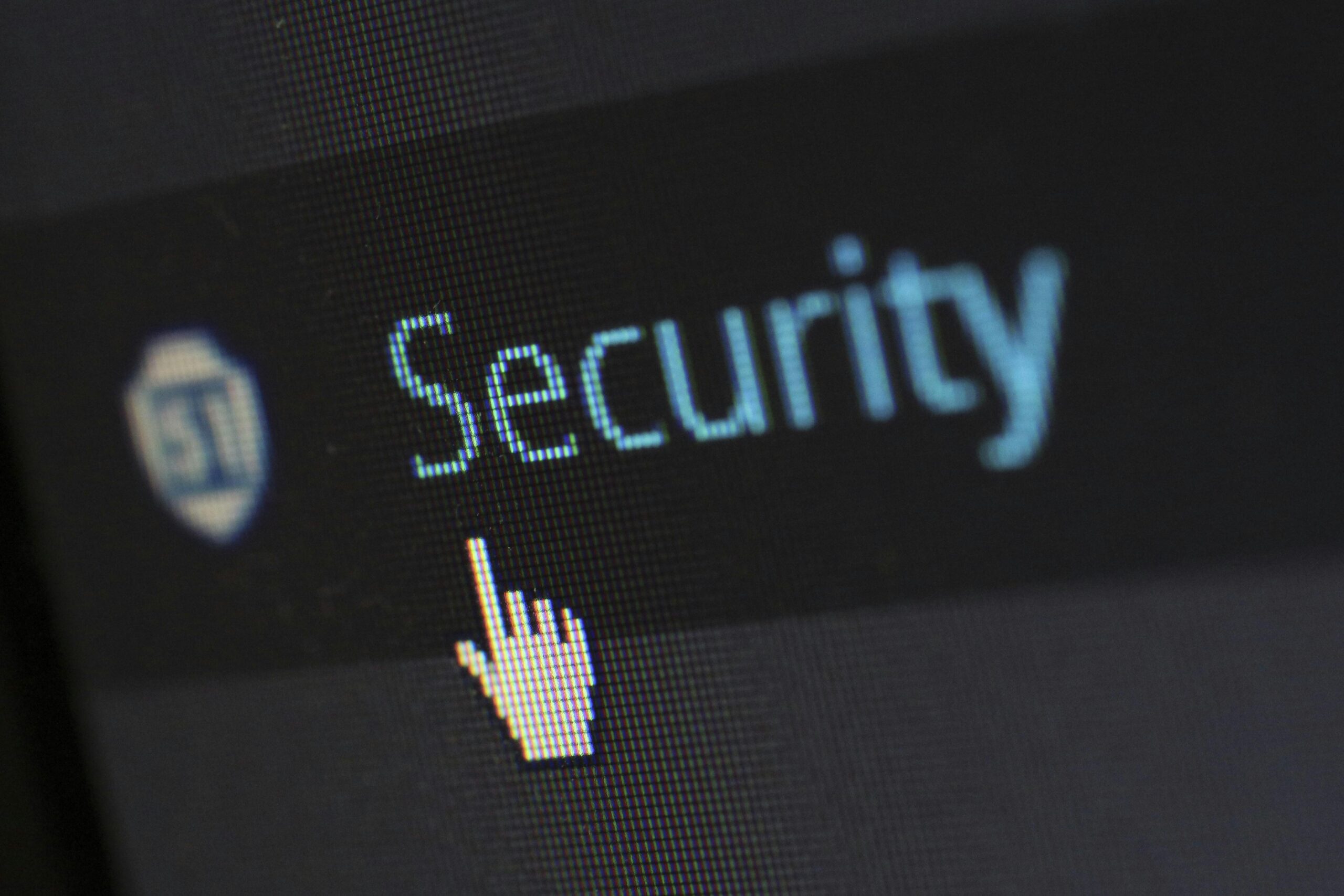As cyber threats rise, India is building a stronger fortress against it, thereby emerging as a major force globally.
In September 2024, India achieved a milestone by earning Tier-1 status in the Global Cybersecurity Index (GCI) 2024, published by the International Telecommunication Union (ITU). With a score of 98.49 out of 100, the country was recognized as a global role model for its commitment to cybersecurity. During Operation Sindoor, Indian defence, government IT infrastructure, healthcare, telecom, banking and education were targeted by hacktivists. India is building a more coordinated and future-ready cyber defence system by bringing together the strengths of its defence establishments, technology firms, and academic institutions.
DATA SPEAK:
The Data Security Council of India (DSCI) reports that, based on Seqrite Lab’s telemetry data from 8.44 million endpoints (computers) across the country, 369.01 million distinct malware threats were detected. In the India Cybersecurity Report 2025, DSCI highlights new types of threats, shifting strategies, and the growing cybercrime. Seqrite Labs identified multiple cyber events linked to Operation Sindoor, involving state-sponsored Advanced Persistent Threat (APT) activity and coordinated hacktivist operations. Tactics included spear phishing, malicious scripts, website defacements, and unauthorized data leaks.
“The digital footprint we leave behind, whether intentional or not, can be exploited. In today’s connected world, it’s all too easy to overshare, without realizing the risks. ”
FROM MAY 7-10, SEQRITE TELEMETRY REPORTED:
- 650+ confirmed Distributed Denial Service /defacement events
- 35+ hacktivist groups involved, seven newly emerged.
- 26 custom detection signatures deployed across XDR.
GOVERNMENT GUARDS:
Agencies like CERT-In, National Cyber Coordination (NCCC), National Critical Information Infrastructure Protection Centre (NCIIPC), Indian Cybercrime Coordination Centre (14C) and Defence Cyber Agency (DCyA) are involved in guarding cyberspace. “Cyber defence requires identifying, preventing and responding to threats. These agencies work with other establishments.”
USE OF AI:
AI is being used to respond quickly to threats and stakeholders are working on new types of encryption to stay ahead. “AI tools must incorporate localized threat data to protect against region-specific vulnerabilities.”
ACADEMIA’S ROLE:
Cybersecurity cells in universities can test defence models, while a broader curriculum that includes law, ethics, psychology, and geopolitics is necessary to address cyber threats. On a similar note, “Cyberattacks expose vulnerabilities in the digital infrastructure, highlighting the need for robust cybersecurity and compliance frameworks.”
MALWARE DETECTIONS:
369.01 million across.
8.44 million endpoints
MOST AFFECTED:
Healthcare: 21.82%
Hospitality: 19.57%
BFSI: 17.38%
GEOGRAPHICAL HOTSPOTS:
Telangana: 15.03%
Surat: 14.58%
Tamil Nadu: 11.97%
Bengaluru: 11.93
THREAT VECTORS:
Trojans: 43.38%
Infectors: 34.23%
Other Malware Types: – Remaining – 22.39%





